
Shortbread is the gold standard of butter cookies, whether in the form of small, crisp individual cookies or the larger, bar-like Scots variety baked in a pan. The most traditional versions contain only flour, butter and sugar, but modern recipes often include additional ingredients. One common addition is cornstarch, which contributes to the light, dry texture of the cookie.
A Short History of Shortbread
The delicate confections of modern pastry chefs date mostly from the 18th and 19th centuries, when ingredients such as sugar, baking powder and white flour became widely available. In earlier centuries, frugal bakers might simply add butter and sugar to leftover bread dough and then sliced those loaves to make crisp rounds. That's probably the earliest version of shortbread, though modern versions of the cookie are thought to date from the time of the ill-fated 17th century monarch Mary, Queen of Scots. Country people made them from their own oat flour and butter, while the wealthy used sugar -- still rare and expensive, then -- and wheat flour.
The Importance of Flour
Its simple combination of butter, flour and sugar makes shortbread more akin to modern pie crusts than to most other cookies, which contain eggs and often baking powder or soda. A well-made shortbread has a light and crumbly texture thanks to its high level of fat, which gives the cookie its name. In baking terms, any fat is referred to as "shortening" because it lubricates and shortens the gluten in the flour. Gluten gives bread its distinctively chewy texture, but that same characteristic is a shortcoming in cookies. You can use low-gluten pastry flour or cake flour to ensure the correct crumbly texture, as you would in pastry-making, or you can turn to cornstarch.
The Cornstarch Alternative
Although serious bakers often keep small quantities of cake or pastry flour on hand, it's not always around when you need it. It also usually costs more than all-purpose flour, so that may be a consideration if you're turning out a large batch of shortbread. A more frugal alternative -- especially appropriate when baking a Scottish specialty -- is to cut back slightly on your flour and replace it with cornstarch. This reduces the gluten in your cookies just as effectively as using pastry flour or cake flour, giving them the traditional light and friable texture.
Making the Substitution
Remove around 2 tablespoons of flour from each cup, then replace them with around 2 tablespoons of cornstarch. This results in a light shortbread with a distinctively dry crumb, ideal for dunking in a cup of coffee or tea. If you find the end result a little too dry for your personal taste, remove 4 tablespoons of flour and only replace 2 of them with cornstarch. This yields shortbread with a richer texture and mouthfeel. As an alternative to cornstarch, try substituting rice flour for part of the all-purpose flour. Use around 1/4 cup of rice flour to 3/4 cup of wheat flour, which gives the shortbread a pleasantly light and friable texture.
Related Articles

How Do Different Types of Flour Affect ...
Does Cake Flour Contain Baking Soda & ...
Is Unbleached Flour the Same as ...
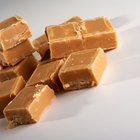
Things to Make With Powdered Sugar
What Gives Pumpernickel Bread Its Dark ...
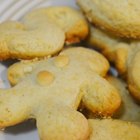
How to Make Butter Sugar Cookies
What Is Rusk Bread?

How to Make Mexican Wedding Cookies

How to Make Scones
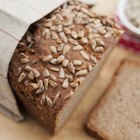
Russian Rye Bread vs. Pumpernickel

Does It Matter if I Substitute Baking ...

How to Substitute Agave Nectar for Sugar
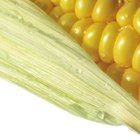
How to Substitute Light Corn Syrup in a ...

How to Prepare French Toast in Advance

Does Unbleached Bread Flour Make ...

What Is Unleavened Bread?

Can You Make Tiramisu With Margherite ...

Can You Substitute Whole Wheat Pastry ...
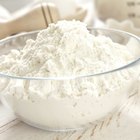
How to Use Millet Flour
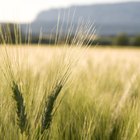
Whole Wheat Pastry: Flour Substitutions
References
- The Guardian: Potted Histories -- Shortbread
- The Joy of Baking: Ingredient Substitutions
- The American Woman's Cookbook, Wartime Victory Edition; Ruth Berolzheimer (Ed.)
Writer Bio
Fred Decker is a trained chef and prolific freelance writer. In previous careers, he sold insurance and mutual funds, and was a longtime retailer. He was educated at Memorial University of Newfoundland and the Northern Alberta Institute of Technology. His articles have appeared on numerous home and garden sites including GoneOutdoors, TheNest and eHow.
Photo Credits
Brand X Pictures/Stockbyte/Getty Images